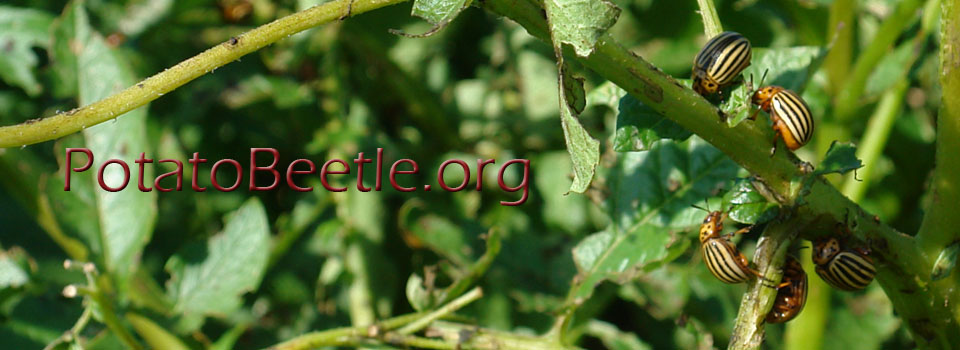Aflitto NC, Thaler JS. 2020. Ecological Entomology. 45(5):1190–1199.
The influence of predator cues on the behaviour of prey is well supported in the literature; however, a clear understanding of how predator cues affect prey in variable environmental conditions and over longer time scales is needed to better understand the underlying mechanisms. Here, we measure how predator odors affect herbivore colonization, abundance, oviposition, and plant damage across two growing seasons. The study system consisted of Leptinotarsa decemlineata (Colorado potato beetle) as prey, and the aggregation pheromone of live Podisus maculiventris (spined soldier bug) as the predator cue in a potato field. In 2016, the amount of feeding damage by early beetle colonists was lower in predator odor-treated plots, reducing plant damage by 22%. Larval abundance was also reduced in treated plots in 2016. Beetle abundance and damage in 2017 was similar in the treatment and control plots. Two mechanisms were investigated to better understand why prey response to the predator odor treatment weakened over the first season, including changes in predator odor cue strength and prey habituation. Predator odor cue strength emerged as a likely explanation, as dispensers, which released a synthetic predator pheromone over the entire season, reduced the probability of finding damage more consistently than the live predator treatment. These results suggest that temporal patterns of predator cue release and strength may drive prey response across the season, underscoring the importance of cue release-rate and consistency in both species interactions and for the future application of modifying insect behaviour using non-consumptive effects in agricultural systems.
